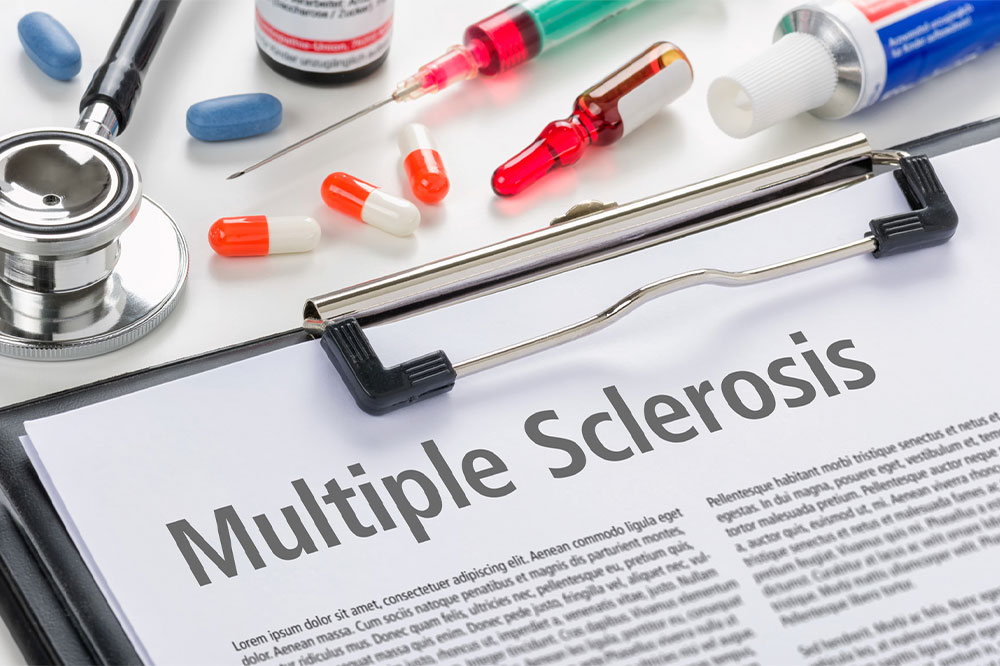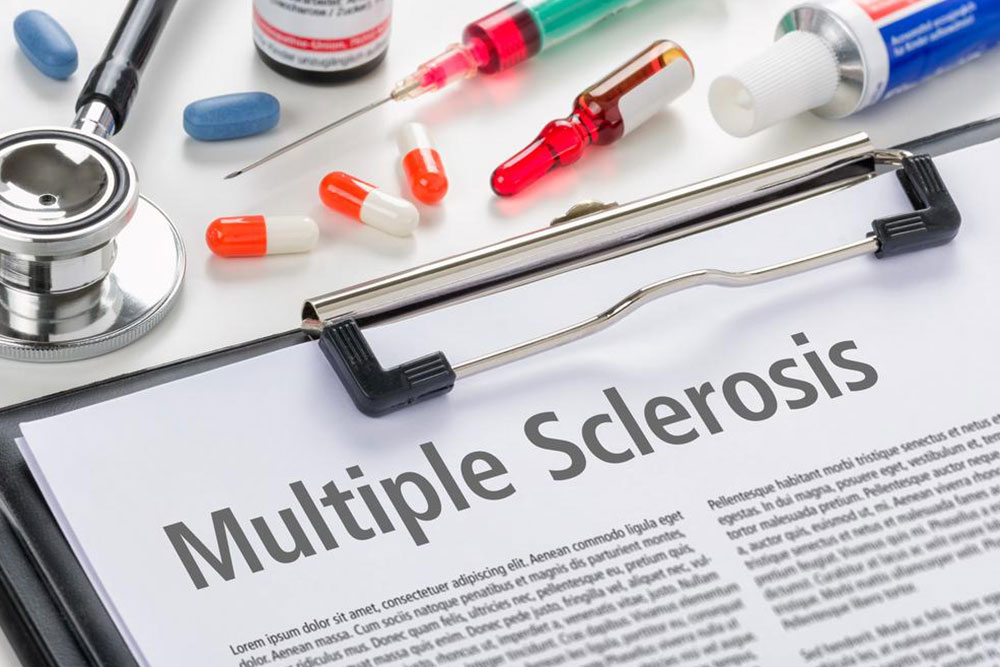A Comprehensive Guide to Multiple Sclerosis: Types, Symptoms, and Treatment Approaches
This article provides a thorough overview of multiple sclerosis (MS), covering its types, early signs, symptoms, diagnostic procedures, and treatment options. It emphasizes the importance of early diagnosis and ongoing management to improve quality of life for individuals with MS. Understanding the different forms of MS and available therapies can help patients and caregivers better navigate this complex condition.

Exploring Multiple Sclerosis: Variants, Manifestations, and Management Strategies
Multiple sclerosis (MS) is an autoimmune disorder where the body's immune system attacks the protective myelin covering nerve fibers in the central nervous system. This deterioration causes neurological deficits, with over 30% of individuals facing considerable disability within 20 years. MS presents with episodic symptoms affecting different parts of the body, making it a major cause of disability among young adults.
MS Classification and Phases MS is categorized into four main types:
Clinically isolated syndrome (CIS) - The first neurological episode lasting over 24 hours, signaling potential onset of MS.
If subsequent episodes occur, diagnosis may progress to relapse-remitting MS (RRMS).
Relapse-remitting MS (RRMS) - The predominant type, affecting about 85% of patients, characterized by flare-up episodes followed by recovery phases.
Primary progressive MS (PPMS) - Involves steady symptom worsening without initial relapses, impacting roughly 15% of cases. Some patients experience temporary stability during progression.
Secondary progressive MS (SPMS) - Starts with relapses and remissions, later transitioning to continuous disability progression.
Initial signs of MS typically appear between ages 20-40. Common early symptoms include vision problems, numbness, muscle spasms, fatigue, dizziness, bladder issues, sexual dysfunction, and cognitive difficulties. As the disease advances, additional symptoms like weakness, emotional strain, and other complications may develop.
Less frequent symptoms encompass hearing loss, seizures, tremors, breathing issues, and taste changes, often during relapses.
MS treatment options aim to control symptoms since there is no cure currently. Treatments involve corticosteroids for relapses, symptom-specific medications (injectables or oral), and disease-modifying therapies (DMTs) that help reduce relapse frequency and intensity. DMTs can decelerate progression in relapsing types but are less effective for progressive forms. Research continues into new therapies for advanced MS stages.
Common medications for MS include beta interferons (such as Avonex, Betaseron, Rebif), Cladribine (Mavenclad), and other drugs aimed at nerve protection and symptom relief.
Diagnostic methods involve multiple tests since no single test definitively detects MS. These include blood tests to rule out infections, neurological exams evaluating coordination and vision, MRI scans of brain and spinal cord, cerebrospinal fluid analysis for specific markers, evoked potentials to assess nerve activity, and optical coherence tomography to detect retinal changes associated with brain atrophy.
MS impacts the central nervous system, resulting in symptoms like vision issues, mobility problems, sensory disturbances, and balance difficulties. Early diagnosis and consistent treatment can significantly help manage symptoms. Although MS can slightly reduce life expectancy, maintaining a healthy lifestyle and adhering to treatment plans allows many patients to live comparable lives to those without the condition.


